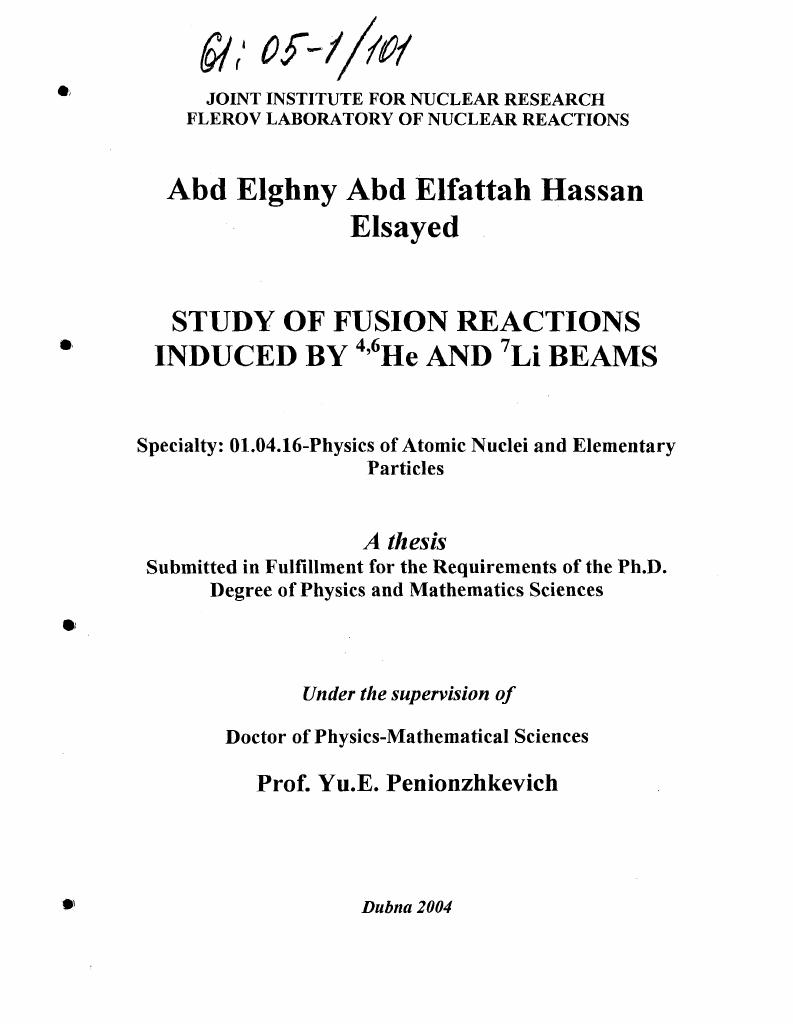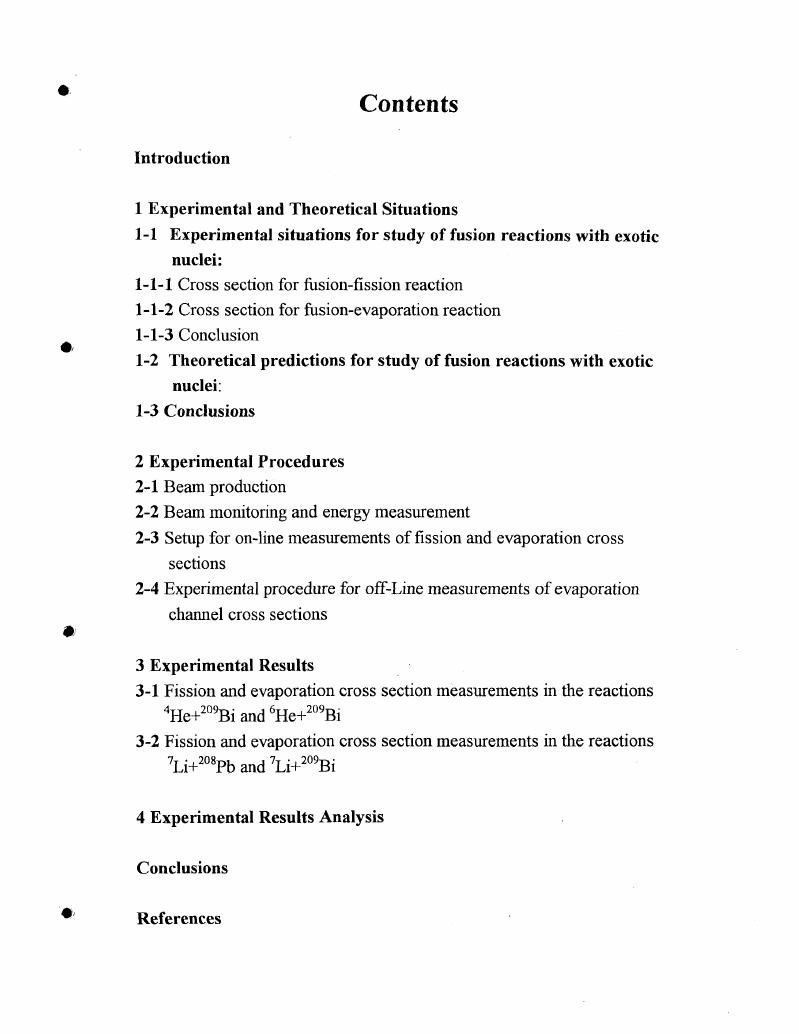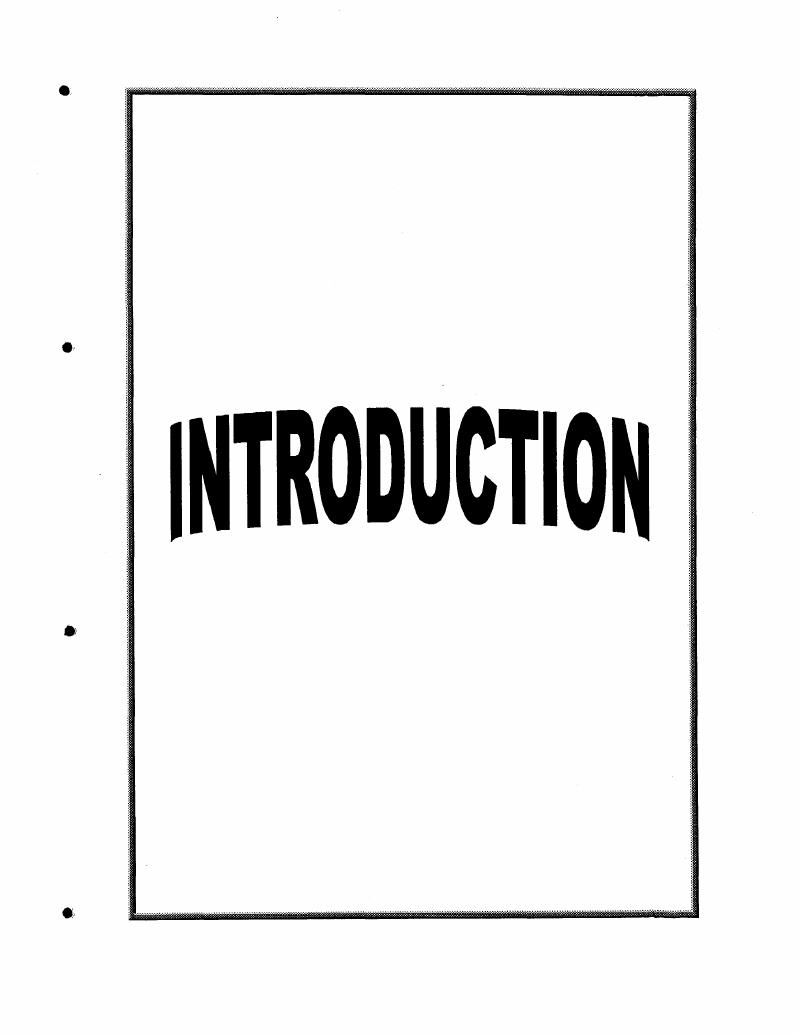Изучение реакций слияния ядер на пучках 4,6He и 7Li

- Автор:
Абдель Гхани Абдель Фаттах Хассан Эль-Сайед
- Шифр специальности:
01.04.16
- Научная степень:
Кандидатская
- Год защиты:
2004
- Место защиты:
Дубна
- Количество страниц:
86 с. : ил.
Стоимость:
700 р.250 руб.
до окончания действия скидки
00
00
00
00
+
Наш сайт выгодно отличается тем что при покупке, кроме PDF версии Вы в подарок получаете работу преобразованную в WORD - документ и это предоставляет качественно другие возможности при работе с документом
Страницы оглавления работы


Рекомендуемые диссертации данного раздела
| Название работы | Автор | Дата защиты |
|---|---|---|
| Экспериментальное исследование трансмутации некоторых радиоактивных отходов с использованием пучков релятивистских протонов | Хелла Халед Мохамед Магди Ел-вафаей | 2003 |
| Фоторасщепление изотопа 197Au | Чжо Чжо Тун | 2007 |
| Ускорение космических лучей ударными волнами во внутренней гелиосфере | Танеев, Сергей Николаевич | 1998 |